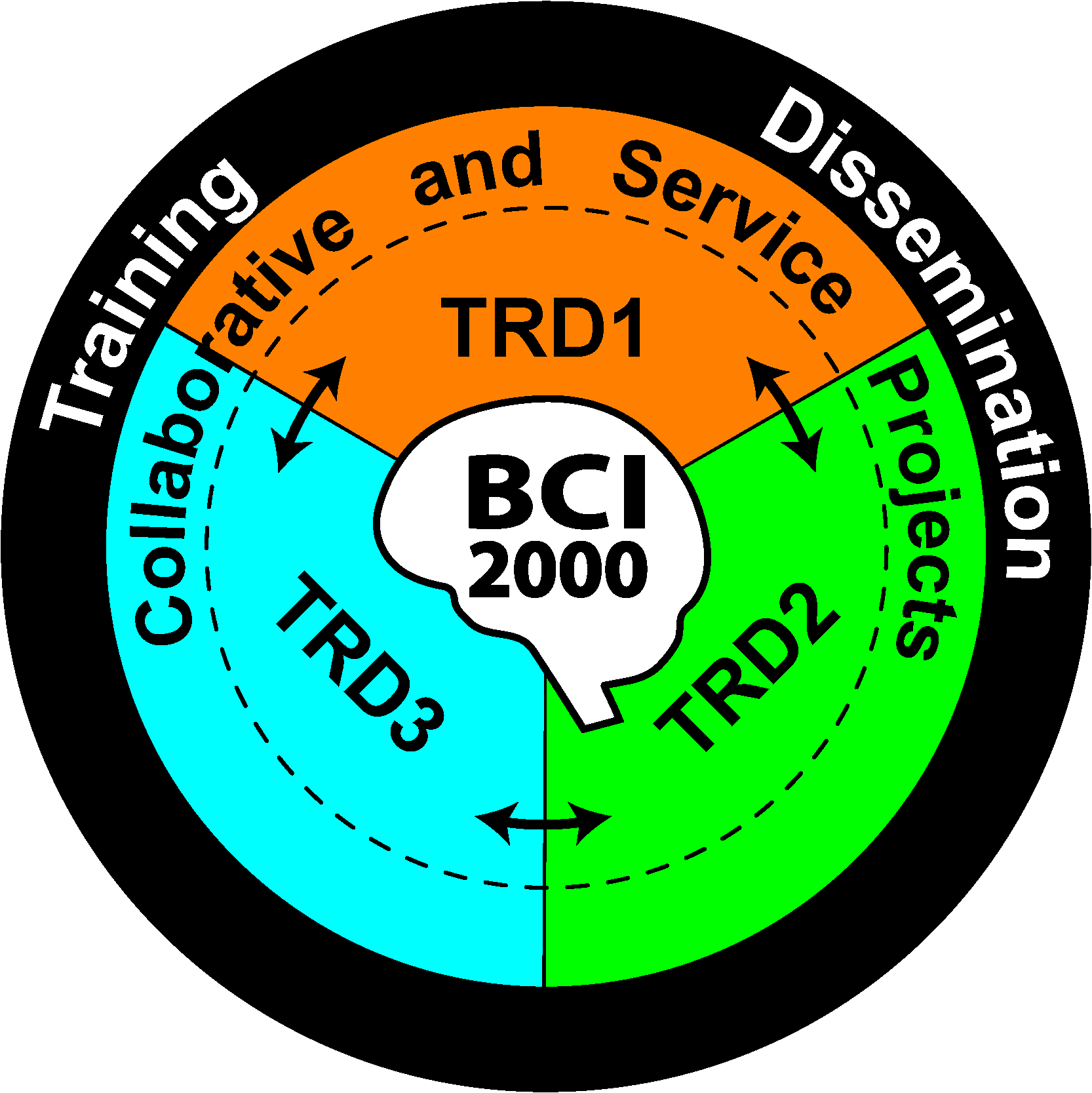Overview

Neurological disorders affect hundreds of millions throughout the world. Recent engineering advances, combined with new scientific understanding enable creation of powerful neurotechnologies that interact with the nervous system to promote recovery. Engineers and scientists at the NIBIB/NIH-funded National Center for Adaptive Neurotechnologies (NCAN) are at the forefront of this exciting work. We are creating technologies that support real-time adaptive interactions with the nervous system that produce changes (plasticity) that enhances recovery for people with spinal cord injury, stroke, and other disorders. These technologies are producing new scientific insights and new clinical methods. We are disseminating these achievements to engineers, scientists, and clinicians everywhere.
Figure 1 summarizes NCAN structure. At the center is BCI2000, our unique general-purpose software platform now used by labs throughout the world. The inner ring comprises the three Technology Research and Development projects (TRDs) that develop and employ our technologies, particularly through their close interactions with distinguished collaborators everywhere. The outer ring includes our many training and dissemination activities.
NCAN has formulated a new conceptual paradigm that explains how skills are acquired and maintained in what is now understood to be a continually changing nervous system (Wolpaw & Kamesar 2022). This paradigm generates a comprehensive Triple-Strategy framework for combined-therapy protocols that restore skills impaired by CNS injury or disease. Guided by the paradigm and framework, NCAN is enhancing its core technologies to support combined-therapy protocols, hastening their clinical translation, and disseminating the technologies, protocols, and their principles to scientists, engineers, and clinicians everywhere.
TRD1 (Noninvasive Combined-Therapy Protocols in Humans) develops BCI2000-based technology that supports combined-therapy protocols in people with chronic spinal cord injury (SCI), stroke, or other disorders. These protocols enhance functional recovery significantly beyond that previously achieved, and this recovery persists after therapy ends.
TRD2 (Combined-Therapy Protocols in Animals) develops in rats BCI2000-based technology that implements promising combined-therapy protocols, evaluates their capacity to enhance functional recovery, examines mechanisms, and configures successful protocols for translation to human studies.
TRD3 (ECoG/SEEG-Based Combined-Therapy Protocols for Cognitive/Behavioral Disorders) is enabling development from intracranial measures of the effects of stimulation of BCI2000-based combined-therapy protocols that restore amygdala-mediated functions and alleviate post-traumatic stress disorder (PTSD) and other anxiety-related disorders.
NCAN offers many workshops in appropriate venues, provides training materials, guides other institutions in creating their own courses, and fosters creation of ongoing special interest groups. In sum, NCAN performs, encourages, and enables studies that increase understanding of CNS function and dysfunction, and realize effective new therapies for devastating neurological disorders.
Reference:
Wolpaw, J. R. and Kamesar, A., (2022). Heksor: The central nervous system substrate of an adaptive behaviour. The Journal of Physiology 600(15):3423–3452. ISSN 1469-7793. PMCID: PMC9545119.

